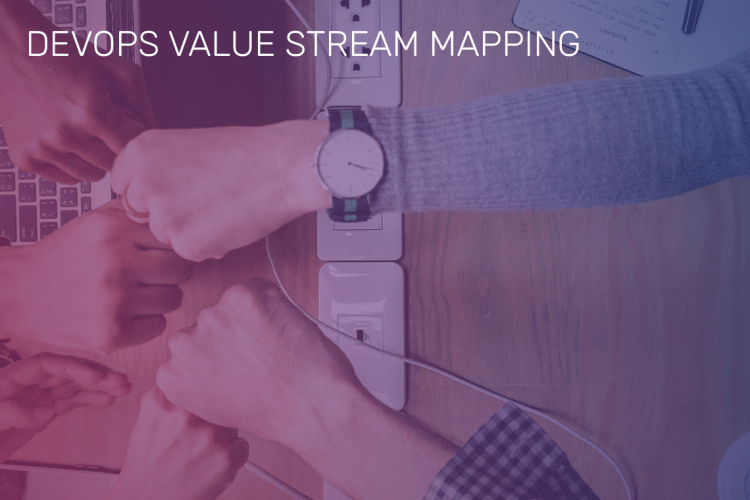Even if your organization operates based on DevOps for all its software development, it does not mean that the operation cycle will always be free of bottlenecks. Value stream mapping is a flow chart based analysis system which helps you identify the areas where challenges exist in your DevOps practice. It takes into account the complexity of the entire system, including operational and information flows, and allows you to map value adds from a customer’s standpoint. This way, you identify what efforts of yours are being wasted and what contributes most to your customers.
There are several ways to scale and optimize DevOps across your organization. Value Stream Mapping allows organizations to scale DevOps adoption without compromising on the quality of the software product being built.
Why does DevOps need Value Stream Mapping?
- Helps identify pain points
- Helps identify errors and bugs
- Creates better visibility and traceability across the project
- Eliminates wasteful processes
- Illuminates automation opportunities
- Emphasizes on data-driven results
How should VSM be used?
Initially, you could start out by bifurcating the tasks moving between your development and operations teams and measure the time being spent on each task. In addition to this, you can also visually group the tasks based on whether they belong to the SDLC, QA, release, or feedback phase.
The key performance indicators used in most VSM diagrams are value added time and lead time. However, we suggest looking at your project from the customer’s perspective and coming up with your own metrics to define success and failure. Value added (VA), is the amount of time your team actually spends on a task – this does not include the time the task spends in the queue. Lead time includes value added time as well as the time a task spends in the queue.
Once you map out your DevOps efforts in this manner, you can easily and efficiently identify waste, bottlenecks, and other pain points. It is also possible to highlight parameters like the individuals working on a task and the tools used, etc. to identify what takes up an unjustifiable amount of time – all leading to continuously improving DevOps results. You can also share the results of your findings with your team to guide them on where they can work more efficiently.
At CloudNow Technologies, our deep understanding of DevOps helps us to deliver a seamless software development experience. To know more about our Devops services and how we can apply DevOps to help your business, please get in touch with us now.













